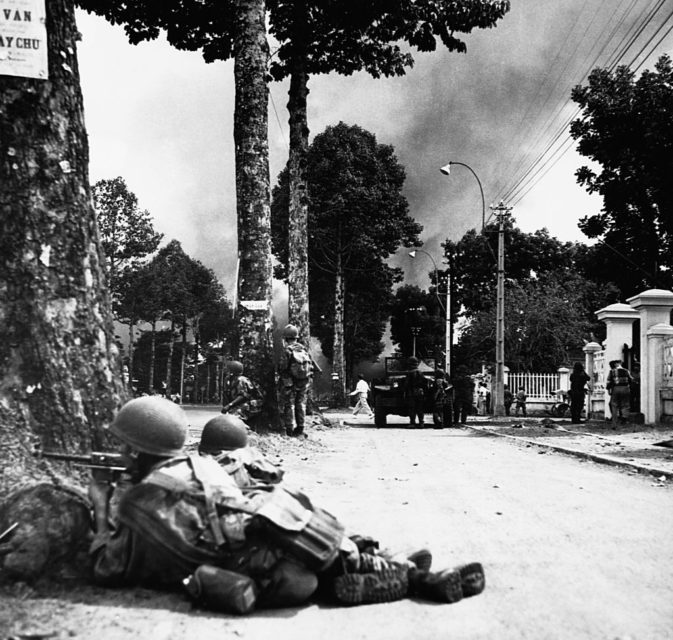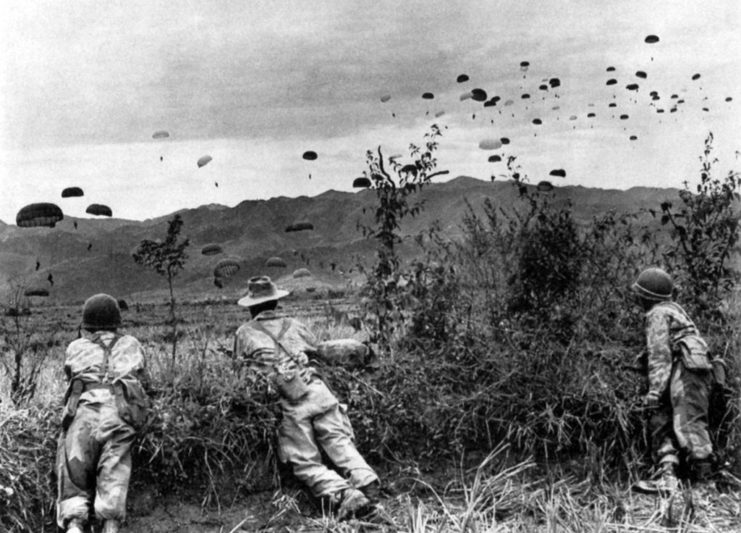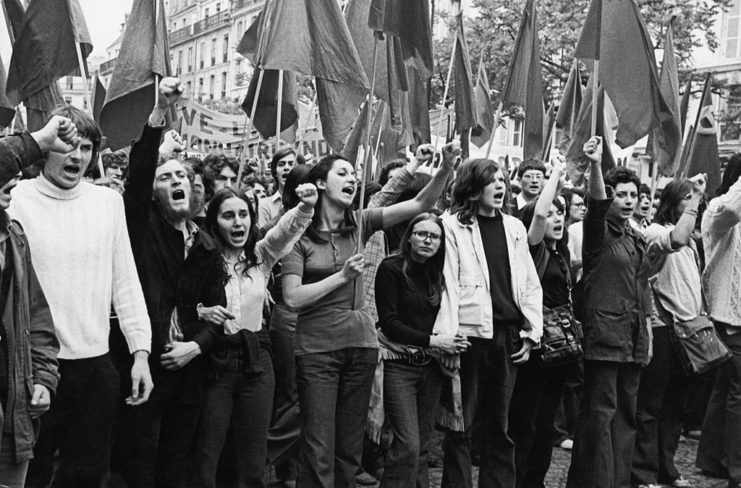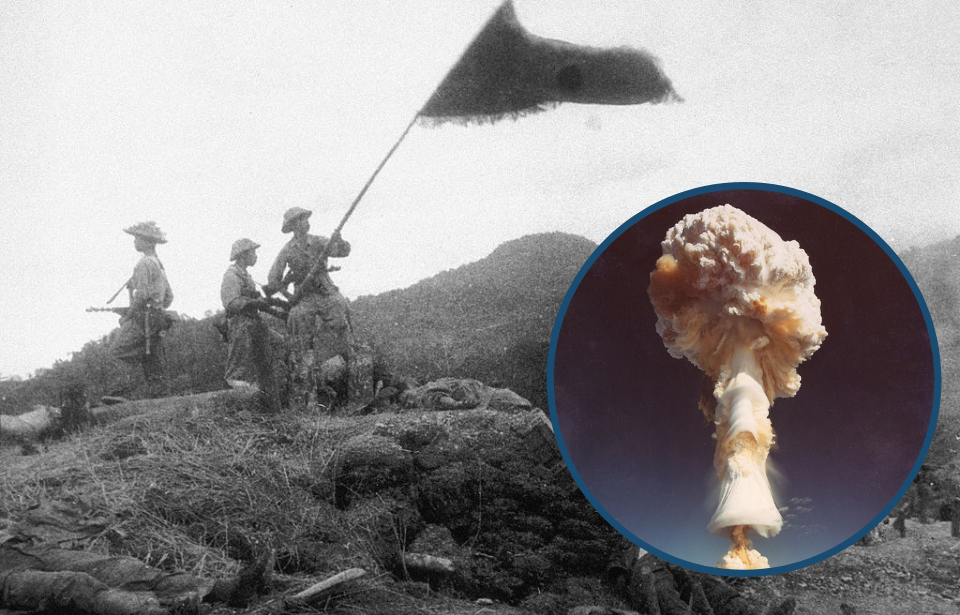Vietnam has been a desirable target for many of the world’s most powerful countries since the French conquest in 1858. China, Japan and the United States all left Vietnam before they’d achieved their desired outcomes, but Vietnam’s largest fight for sovereignty began with the Việt Minh uprisings in the 1940s and ’50s.
From Indochina to independence
Following World War II, Vietnam’s fight for freedom from Colonial France escalated with the First Indochina War. The fighting continued to grow until 1954, when the French began hatching a plan for victory. However, the Battle of Dien Bien Phu ended up resulting in a landslide victory for the Democratic Republic of Vietnam.

Originally intended to be an easy win for France, the Battle of Dien Bien Phu saw a critical mistake that changed the fate of Vietnam’s independence. French military leaders opted to place a vital fortification at the bottom of a valley, on top of an existing airstrip built by the Japanese during the Second World War. This left the high ground above free for the enemy to take.
Intelligence led the French to believe the Vietnamese had only a light infantry available. They soon learned, however, that this was far from the truth. With the top of the valley open, they were essentially sitting ducks. Việt Minh forces executed a huge attack, using well-placed artillery and anti-aircraft weapons to drastically reduce resupplies to the French base.

The Việt Minh took over 11,000 French troops prisoner. Roughly 4,400 were wounded and 850 rescued by the Red Cross. The remaining were marched to work camps 600 kilometers away, and only 3,290 were repatriated in the months following the battle.
While the Battle of Dien Bien Phu was a devastating loss for the French, it was also one for the US, which was secretly funding France’s efforts to stamp out any chance of a communist future for Vietnam. The CIA had provided France with intelligence, but now that its forces had been defeated, the country turned to its American allies for more support.
A volatile offer
While meeting with France following the Battle of Dien Bien Phu, US Secretary of State John Foster Dulles allegedly offered French Foreign Minister Georges Bidault two tactical nuclear weapons to help defeat the Việt Minh, even though he wasn’t authorized to make such an offer. In fact, the only person to claim Dulles made the offer was French author, historian and WWII veteran Jules Roy.
Maurice Schumann, another foreign official, came forward 20 years later to clarify what actually went down between Dulles and Bidault. “He didn’t really offer,” Schumann said. “He made a suggestion and asked a question… Bidault immediately reacted as if he didn’t take this offer seriously.”

The nuclear debate grew as British Prime Minister Winston Churchill refused to provide support, seeing little hope that military intervention would help the French. US President Dwight D. Eisenhower agreed with this stance, saying airstrikes alone wouldn’t be enough.
From one war to the next
On July 21, 1954 the Geneva Conference temporarily divided Vietnam into two zones: the communist North and pro-Western South. While the agreement was intended to set up a cease-fire between the Việt Minh and France over the subsequent four months and allow for the election of new leadership, the fighting continued. This triggered the start of the Second Indochina War, better known as the Vietnam War.

The start of the Vietnam War would see the US involved in a whole other way. Spanning two decades, the conflict left close to 60,000 American troops and around 600,000 (possibly more) Vietnam civilians dead.
More from us: Anti-War Resistance in the US Military During the Vietnam War
Luckily, the US decided against the use of nuclear weapons during the Vietnam War. However, other horrific weapons, including napalm, precision-guided munitions and cluster bombs, were used with devastating effects.
